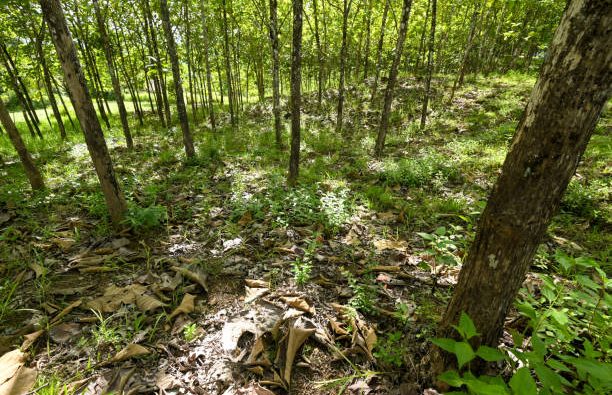
 Choosing eco-friendly land options aligns with sustainable living and responsible land stewardship. From conservation to renewable energy, this guide explores how to embrace sustainable buying practices when purchasing land for various purposes.
Choosing eco-friendly land options aligns with sustainable living and responsible land stewardship. From conservation to renewable energy, this guide explores how to embrace sustainable buying practices when purchasing land for various purposes.
1. Prioritize Conservation:
Select land parcels with natural habitats, wetlands, or forests to preserve biodiversity and ecosystem health. Consider properties eligible for conservation easements or protected status to safeguard ecological resources.
2. Assess Sustainable Development Potential:
Evaluate land for its suitability for sustainable development practices, such as green building, renewable energy installations, and water conservation measures. Look for sites with access to sunlight, wind, or water resources for renewable energy generation.
3. Consider Permaculture and Regenerative Agriculture:

Explore land suitable for permaculture or regenerative agriculture practices to promote soil health, carbon sequestration, and sustainable food production. Look for properties with fertile soil, water resources, and favorable microclimates for agricultural cultivation.
4. Research Green Infrastructure:
Research land with access to green infrastructure amenities, such as parks, trails, bike lanes, and public transportation networks. Prioritize locations that promote active transportation, outdoor recreation, and community connectivity.
5. Verify Environmental Certifications:
Verify if the land or surrounding area has received environmental certifications, such as LEED (Leadership in Energy and Environmental Design) or ENERGY STAR ratings for buildings, indicating energy efficiency and environmental performance.
6. Explore Off-Grid Living Opportunities:
Consider off-grid living options by purchasing land with the potential for sustainable off-grid utilities, such as solar power, rainwater harvesting, composting toilets, and greywater recycling systems. Embrace self-sufficiency and reduce reliance on traditional utility infrastructure.
7. Engage with Sustainable Communities:
Engage with sustainable communities or eco-villages dedicated to ecological living and regenerative practices. Join networks of like-minded individuals to share knowledge, resources, and support for sustainable land stewardship.
8. Collaborate with Environmental Organizations:

Collaborate with environmental organizations, land trusts, and conservation groups to identify opportunities for land acquisition, conservation, and restoration efforts. Participate in conservation easements, land donations, or habitat restoration projects to support environmental conservation initiatives.
Embracing eco-friendly land options involves prioritizing conservation, sustainable development practices, permaculture, green infrastructure, off-grid living, engaging with sustainable communities, and collaborating with environmental organizations. By adopting sustainable buying practices, individuals can contribute to environmental conservation, promote ecological resilience, and create thriving, resilient communities for future generations.












